The first major on the tennis calendar — the Australian Open — is also one of the biggest sports betting events in the world. The Australian Open, played at Melbourne Park in Victoria, attracts betting interest from all around the globe with the singles events the main event. First played in 1905, the Australian Open begins in January each year, although the next edition of the tournament will start on February 8, 2021 as a result of the COVID pandemic. Read up on all you need to know about Australian Open tennis betting, including the latest tournament odds, popular market types and the best tennis betting sites for punters in United States.
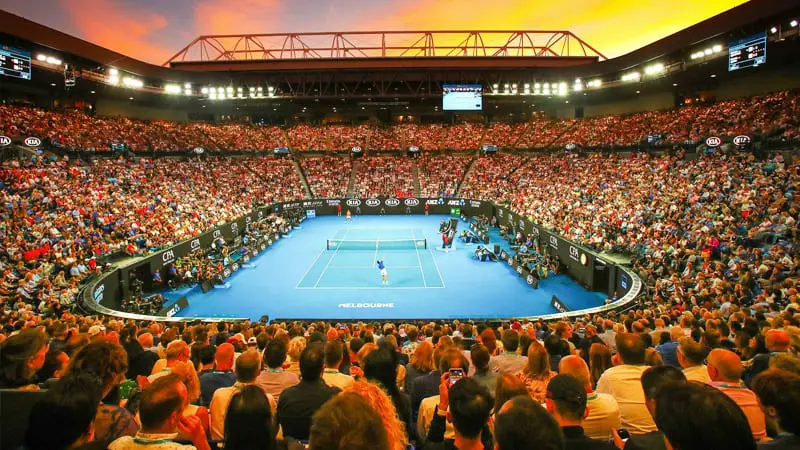
Australian Open 2024 results & recap
The 2024 Australian Open Men’s competition threw up a first time winner, with young Italian Jannik Sinner defeating Daniil Medvedev in a tense final.
Sinner, who had earlier ended Serbian star Novak Djokovic unmatched run undefeated at the tournament, came back from two sets to love against Medvedev to record his first grand slam victory.
Belarusian Aryna Sabalenka won the Women’s Australian Open, defeating Zheng Qinwen 6-3, 6-2 to cap a remarkable run at the 2024 event.
Sabalenka became the first player since Victoria Azarenka over 10 years ago to win back-to-back Australian Opens.
The 2024 Australian Open doubles crown was taken out by Aussie Matt Ebden and a 43-year-old Indian Rohan Bopanna.
The Australian Open women’s doubles crown was won by Taiwan’s Hsieh Su-Wei and Belgium’s Elise Mertens
Top betting sites for Australian Open tennis
There are hundreds of online sportsbooks that run odds on the Australian Open, but how many of them can you actually trust? We at BettingPlanet.com only recommend fully licensed bookies that meet the highest standards for quality, usability, security, value and customer service. Don’t just settle for one – check out all the safe betting sites above to ensure you get top dollar on your tennis bets this January.
The best tennis betting sites for players from the USA (top US betting sites) will be significantly different to players from New Zealand (best NZ betting sites), just like the best tennis bookmakers for the UK, are different to the best sites for players from Sweden. You get the drift, with the top grand slam tennis betting sites it generally depends on your location, as to what one suits you. Our table above only displays bettings sites that players from United States can sign up at in 2025.
A few things you should look for when signing up at a new Australian Open tennis bookmaker include the licensing of the site, with this one of the most important factors when betting online, and also how much effort they put into their tennis betting options.
#1

|
World's Largest! Stake.comExclusive VIP program! 
  |
Join Stake Stake.com Review |
| Full terms. | ||
#2

|
Your Winz 888starz100% Bonus Match on First Deposit 
  |
Join 888starz now! 888starz Review |
| Register on the 888starz website and get a 100% bonus worth up to 164 AUD (or the equivalent amount in another currency) for your first deposit! |
BettingPlanet.com always recommends betting with regulated and legal sports betting options, if this is a possibility in your country.
Australian Open odds 2025
| Men’s Singles | |
|---|---|
| Jannik Sinner | +150 @ Stake.com |
| Carlos Alcaraz | +320 @ Stake.com |
| Novak Djokovic | +400 @ Stake.com |
| Alexander Zverev | +900 @ Stake.com |
| Daniil Medvedev | +1400 @ Stake.com |
| Taylor Fritz | +2200 @ Stake.com |
| Giovanni Mpetshi Perricard | +3500 @ Stake.com |
| Holger Rune | +4000 @ Stake.com |
| Stefanos Tsitsipas | +4000 @ Stake.com |
| Jack Draper | +4500 @ Stake.com |
| Alex De Minaur | +5000 @ Stake.com |
| Andrey Rublev | +5500 @ Stake.com |
| Hubert Hurkacz | +5500 @ Stake.com |
| Arthur Fils | +9000 @ Stake.com |
| Ben Shelton | +9000 @ Stake.com |
| Casper Ruud | +9000 @ Stake.com |
| Cameron Norrie | +10000 @ Stake.com |
| Felix Auger-Aliassime | +10000 @ Stake.com |
| Frances Tiafoe | +10000 @ Stake.com |
| Francisco Cerundolo | +10000 @ Stake.com |
| Grigor Dimitrov | +10000 @ Stake.com |
| Jiri Lehecka | +10000 @ Stake.com |
| Karen Khachanov | +10000 @ Stake.com |
| Matteo Berrettini | +10000 @ Stake.com |
| Women’s Singles | |
|---|---|
| Iga Swiatek | +225 @ Stake.com |
| Aryna Sabalenka | +400 @ Stake.com |
| Elena Rybakina | +600 @ Stake.com |
| Cori Gauff | +700 @ Stake.com |
| Jessica Pegula | +1200 @ Stake.com |
| Ons Jabeur | +1800 @ Stake.com |
| Karolina Muchova | +2200 @ Stake.com |
| Naomi Osaka | +2200 @ Stake.com |
| Qinwen Zheng | +2200 @ Stake.com |
| Madison Keys | +3500 @ Stake.com |
| Bianca Andreescu | +4000 @ Stake.com |
| Jelena Ostapenko | +4000 @ Stake.com |
| Maria Sakkari | +4000 @ Stake.com |
| Marketa Vondrousova | +4000 @ Stake.com |
| Paula Badosa | +4000 @ Stake.com |
More players quoted at Stake.com
How to bet on Australian Open tennis
For sheer market diversity, the Australian Open is hard to beat. Open the tabs below to find out more about the most popular bet types on offer.
- This is as easy as it gets. Simply decide who you think will win the tournament, go to one of our recommended online bookmakers, find the market and click to place your money on the winner.
Usually, in the leadup to the event, these markets will only be provided for the men’s and women’s winners, and then around the time the event starts, more markets come up for the doubles tournaments.
It is not always a simple as it sounds. As the first major of the year, the Australian Open is renowned for upsets. Thus, whacking your money down on the number one seed doesn’t always bring rewards.
For example, consider the men’s draw in 2002. Defending champion Andre Agassi withdrew from the tournament, the top two seeds – Lleyton Hewitt and Gustavo Kuerten – fell in the first round and the top five seeds were all out by the second round in one of the biggest grand slam boilovers of all time. Sweden’s Thomas Johannson took out the title from 16 deep in the rankings.
- This is where you can get odds on both the men’s and women’s winner in one. So it’s double trouble, because you have to correctly pick who will win in both divisions.
The obvious choice is to select the two favourites in each draw, but the odds won’t be great. Expect $5 or $6 at best. It’s worth trying to find some value, and you don’t have to go too deep in the rankings. Picking Rafa Nadal over Roger Federer, for example, will boost your odds while giving you a red-hot crack at the win.
- Reckon your man can make it through to the last two, but not sure if he can finish the job? Then bet on him to get through to the final. That way if he makes the big dance and doesn’t go home happy, you still win.
This is a great option when fatigue and fitness come into play. For example, Stan Wawrinka took out the 2014 final after Rafael Nadal busted his shoulder midway through the match. If you were on Nadal to reach the final, none of that mattered anyway.
- Often our recommended online bookies will hold markets on all the top seeds, giving people a chance to bet on when they will be eliminated. So this can be first round, second round, third round, fourth round, quarter finals and semi finals.
This one of those markets where you can find great value on top seeds bowing out early. The trick is picking the exact stage of elimination. Study the draw for the big names, identify where they might run into trouble, and make your selections accordingly.
- Bookies run a stack of exotic futures for the Australian Open. Among the most popular options are the head-to-head and group markets where you must pick which of the quoted players will progress furthest in the tournament. You can also take odds on the favourites to finish the tourney without dropping any sets, among many more high-paying player specials.
- This is the most basic form of match betting in tennis. All you have to do is decide which player will win the contest. In the men’s, the first player to three sets wins; in the women’s, the first to two sets goes through.
That’s all you need to know as a casual punter. If you really want to win big, you’ll do your research. How’s the form? Who has the head-to-head advantage? Are there any injury scares? Which player has the best game for Melbourne’s hard courts?
- Here’s where you can watch the action, make some judgements, then cash in. If the player you like is 2-0 up, he’s a pretty good chance of going on with it. Our recommended betting sites will offer up odds throughout the match, usually at the end of each set, which you can snap up. This is a fun way of making some coin in the early rounds of the Australian Open, where the prematch odds are often lopsided.
Beware: greedy punters can rack up massive losses by going too hard, too early on live betting markets. There are many tales of gamblers dropping thousands on a player after the first set, only for the outsider to rally and clinch it in four or five. Don’t count your chickens, et cetera.
- We’ve gone over these in more detail in our How to bet on Tennis guide, but here are some of the more common match exotics you will find during the Australian Open:
- Set betting
Pick who will win the match and by how many games. - To win first set
Pick who will win the first set. - Total match games
Usually under or over format (For example, under 35.5/over 35.5), pick how many games there will be in the match. - Total player games
How many games a player will win – again, usually in under/over format. - Game handicap
If Federer has a -1.5 games handicap, the bet only pays if he wins at least two games more than his opponent. - Total sets
Pick how many sets there will be in the game (three, four, or five sets for men; one, two, or three for women). - Set handicap
Much the same idea as game handicaps, except it goes on picking how many sets a player will win. - Set correct score
Pick what the score will be in a certain set (for example, 6-3 in the first). - Set total games
Pick how many games there will be in the set, over or under. - Player to win at least one set
Don’t think your man can win, but think he can nick a set? This is the bet for you. - Games won margin
Pick the margin of games between the two opponents, usually in a bracket (for example, between one and four games).
- Set betting
About Australian Open tennis
The Australian Open is every punter’s first chance to bet on Grand Slam tennis each New Year. Held over the last two weeks of January, it is the first of the four major tennis tournaments in the calendar year, the others being the French Open, Wimbledon and the US Open.
The event was first stage in 1905 and regularly has players from cooler climates struggling with the oppressive heat. Some days get over 40C (104F), which is plenty hot in anyone’s language. The 2007 summer was especially brutal, with some players requiring intravenous drips to treat severe dehydration. An extreme heat policy has been installed since then, with play being suspended if there is a danger to the players.
Played on grass until 1987, the Australian Open surface was changed to Rebound Ace for the 1988 tournament. Blue Plexicushion courts were laid down in 2008 and are still used to this day. Melbourne Park’s Rod Laver Arena and Hisense Arena are the feature courts, with Margaret Court Arena one of three show courts. Minor matches are played on surrounding courts.
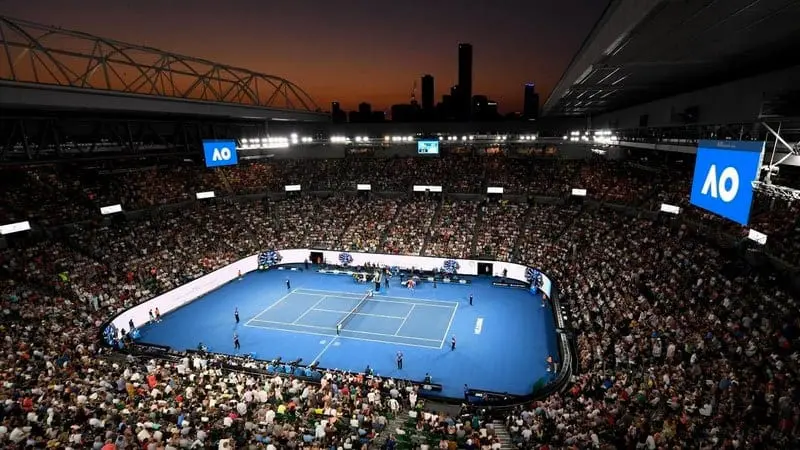 Gradual expansion of the facilities since 2000 has seen the Australian Open become the best attended of all the tennis majors. Some 743,667 spectators came through the turnstiles in 2018 – an all-time attendance record for Grand Slams.
Gradual expansion of the facilities since 2000 has seen the Australian Open become the best attended of all the tennis majors. Some 743,667 spectators came through the turnstiles in 2018 – an all-time attendance record for Grand Slams.
And while the school holidays bring the big crowds, not all players are pleased with the tournament being held so soon after the Christmas and New Year break. Among the most vocal critics of the scheduling is Roger Federer, who has often complained that players don’t have enough time to get fit. That has not stopped the Swiss superstar from winning the men’s singles titles six times.
The men’s and the women’s singles events are the drawcards – with 128 men and 128 women starting the tournament – but there are plenty of other divisions fought out over the fortnight. Seeding, qualification and wildcards are all in play to determine who plays where in the draw. There are men’s, women’s, and mixed doubles, junior championships, as well as wheelchair, legends and other exhibition events, to satiate punters from the novice to the hardcore.
For many decades, the Australian Open – known as the Australian Championships until 1969 – carried considerably less prestige than its fellow majors. Since the move to Melbourne Park, however, it has grown year on year to become the largest annual sporting event in the Southern Hemisphere. This is reflected in the prize pool for the 2018 event, where each of the singles champions took home AUD $4 million – about the same as Wimbledon (£2,200,000) and considerably more than Roland Garros (€2,200,000).
It is easy to forget these days, but the Australian Open hasn’t always been played in Melbourne. While it was first played in the Victorian capital back in 1905, the tournament has actually been held in seven cities across two separate nations. Melbourne has hosted the tournament 55 times, but the Open has also visited Sydney, New South Wales (17 times), Adelaide, South Australia (14 times), Brisbane, Queensland (seven times), Perth, Western Australia (three times), Christchurch, New Zealand (once, in its second year of existence), and Hastings, New Zealand (once).

Aus Open Bookmakers
#1

|
World's Largest! Stake.comExclusive VIP program! 
  |
Join Stake Stake.com Review |
| Full terms. | ||
#2

|
Your Winz 888starz100% Bonus Match on First Deposit 
  |
Join 888starz now! 888starz Review |
| Register on the 888starz website and get a 100% bonus worth up to 164 AUD (or the equivalent amount in another currency) for your first deposit! |
Australian Open facts and premier figures
No look at the Australian Open can be complete without a look at perhaps its greatest men’s champion, Roy Emerson. Prior to the Open era, the Australian won the title a record six times, first in 1961 and then an amazing five times in a row from 1963 to 1967. He also wasn’t bad in the doubles, winning the men’s title three times. Emerson was also a dual champion at the French Open, US Open and Wimbledon.
America’s Andre Agassi dominated at Melbourne Park around the turn of the millennium, winning four times between 1995 and 2003. He has since been well and truly surpassed, however, with both Novak Djokovic and Roger Federer claiming six titles in the men’s singles.
Another Aussie legend, Ken Rosewall, holds a pair of quirky honours. He is at once the youngest ever winner of the tournament, having taken the chocolates in 1953 at age 18, and the oldest champion after saluting 19 years later at age 37.
The efforts of Margaret Court put her male contemporaries to shame. She won the Open an amazing 11 times, four of those in the open era. The next closest is Serena Williams, who has five. Court won the Open seven times in a row between 1960 and 1966.
Thelma Coyne Long went one better than Court in the doubles, winning the title 12 times.
Martina Hingis was the darling of Melbourne Park during the 1990s. The Swiss Miss made history in ’97 when, at a mere 16 years of age, she defeated former winner Mary Pierce to become the youngest singles champion in Australian Open history. She went on to win Wimbledon and the US Open that year, before returning to defend her Aussie crown in ’98 and ’99.
The Australian Open has produced several contenders for greatest Grand Slam match of all time, but none more mesmerising than the men’s final between Roger Federer and Rafael Nadal in 2017. Both bouncing back from a horror 2016, the two fierce rivals set Rod Laver Arena on fire with a five-set classic that has since gone down as one of the most significant clashes in sporting history. It was Roger who triumphed on this occasion, breaking a five-year drought to claim his 18th Grand Slam title.
Australian Open by the numbers
Australian Open Records and Stats
Most singles titles Before 1969 Six – Roy Emerson, Australia (1961, 1963, 1964, 1965, 1966, 1967) After 1968 (Open Era) Ten – Novak Djokovic, Serbia (2008, 2011, 2012, 2013, 2015, 2016, 2019, 2020, 2021, 2023) Most consecutive singles titles Before 1969 Five – Roy Emerson, Australia (1963, 1964, 1965, 1966, 1967) Open Era Three – Novak Djokovic, Serbia (2011, 2012, 2013) Youngest winner Ken Rosewall, Australia: 18 years and two months (1953) Oldest winner Ken Rosewall, Australia: 37 years and eight months (1972) Most doubles titles Before 1969 10 – Adrian Quist, Australia (1936, 1937, 1938, 1939, 1940, 1946, 1947, 1948, 1949, 1950) Open Era Six – Bob Bryan and Mike Bryan, United States (2006, 2007, 2009, 2010, 2011, 2013) Youngest doubles winner Lew Hoad, Australia – 18 years and two months (1953) Oldest doubles winner Norman Brookes, Australia – 46 years and two months (1924) Most consecutive doubles titles Before 1969 10 – Adrian Quist, Australia (1936-1950) Open Era Three – Bob Bryan and Mike Bryan, United States (2009-2011) Most mixed doubles titles Before 1969 Four – Harry Hopman, Australia (1930, 1936, 1937, 1939); Colin Long, Australia (1940, 1946, 1947, 1948) Open Era Three – Jim Pugh, United States (1988, 1989, 1990) Most singles titles All time 11 – Margaret Court, Australia (1960, 1961, 1962, 1963, 1964, 1965, 1966, 1969, 1970, 1971, 1973) Open Era 7 – Serena Williams, United States (2003, 2005, 2007, 2009, 2010, 2015, 2017) Most consecutive singles titles Before 1969 7 – Margaret Court, Australia (1960–1966) Open Era 3 – Margaret Court, Australia (1969–1971); Evonne Goolagong Cawley, Australia (1974–1976); Steffi Graf, Germany (1988–1990); Monica Seles, Yugoslavia (1991–1993); Martina Hingis, Switzerland (1997–1999) Youngest singles winner Martina Hingis, Switzerland – 16 years and 4 months (1997) Oldest singles winner Thelma Coyne Long, Australia – 35 years and 8 months (1954) Most doubles titles Before 1969 12 – Thelma Coyne Long, Australia (1936, 1937, 1938, 1939, 1940, 1947, 1948, 1949, 1951, 1952, 1956, 1958) Open Era 8 – Martina Navratilova, United States (1980, 1982, 1983, 1984, 1985, 1987, 1988, 1989) Most consecutive doubles titles Before 1969 5 – Thelma Coyne Long and Nancye Wynne Bolton, Australia (1936–1940) Open Era 7 – Martina Navratilova and Pam Shriver, United States (1982–1989) Youngest doubles winner Mirjana Lučić, Croatia – 15 years and 10 months (1998) Oldest doubles winner Thelma Coyne Long, Australia – 37 years and 7 months (1956) Most mixed doubles titles Before 1969 4 – Daphne Akhurst Cozens, Australia (1924, 1925, 1928, 1929); Nell Hall Hopman, Australia (1930, 1936, 1937, 1939); Nancye Wynne Bolton, Australia (1940, 1946, 1947, 1948); Thelma Coyne Long, Australia (1951, 1952, 1954, 1955) Open Era 2 – Jana Novotná, Czechoslovakia (1988, 1989); Larisa Savchenko Neiland, Latvia (1994, 1996) 2024 1,100,000 2023 839,192 2022 346,468 2021 130,374 2020 812,174 2019 796,435 2018 743,667 2017 728,763 2016 720,363 2015 703,899 2014 643,280 2013 684,457 2012 686,006 2011 651,127 2010 653,860 2009 603,160 2008 605,735 2007 554,858 2006 550,550 2005 543,873 2004 521,691 2003 512,225 2002 518,248 2001 543,834 2000 501,251 1999 473,296 1998 434,807 1997 391,504 1996 389,598 1995 311,678 1994 332,926 1993 322,074 1992 329,034 1991 305,048 1990 312,000 1989 289,023 1988 244,859





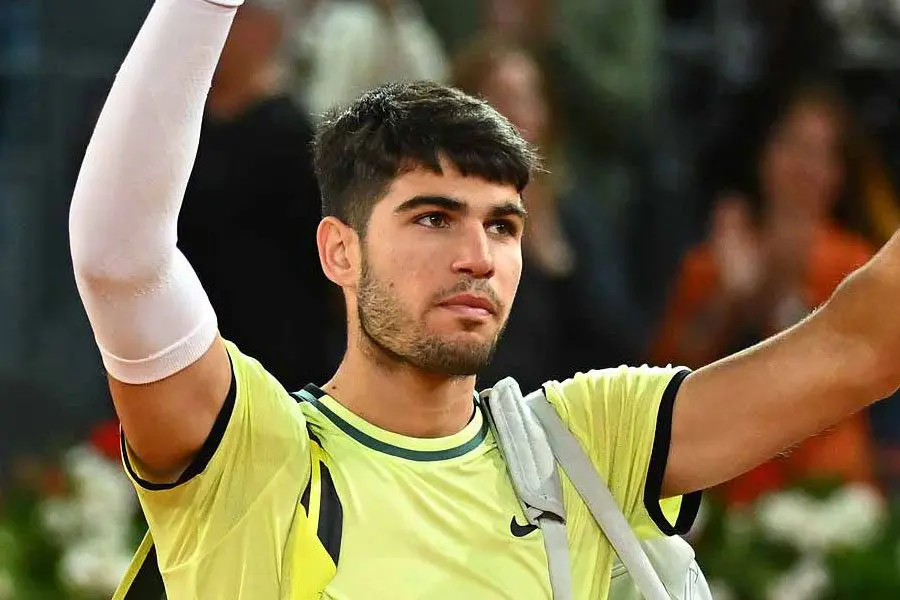
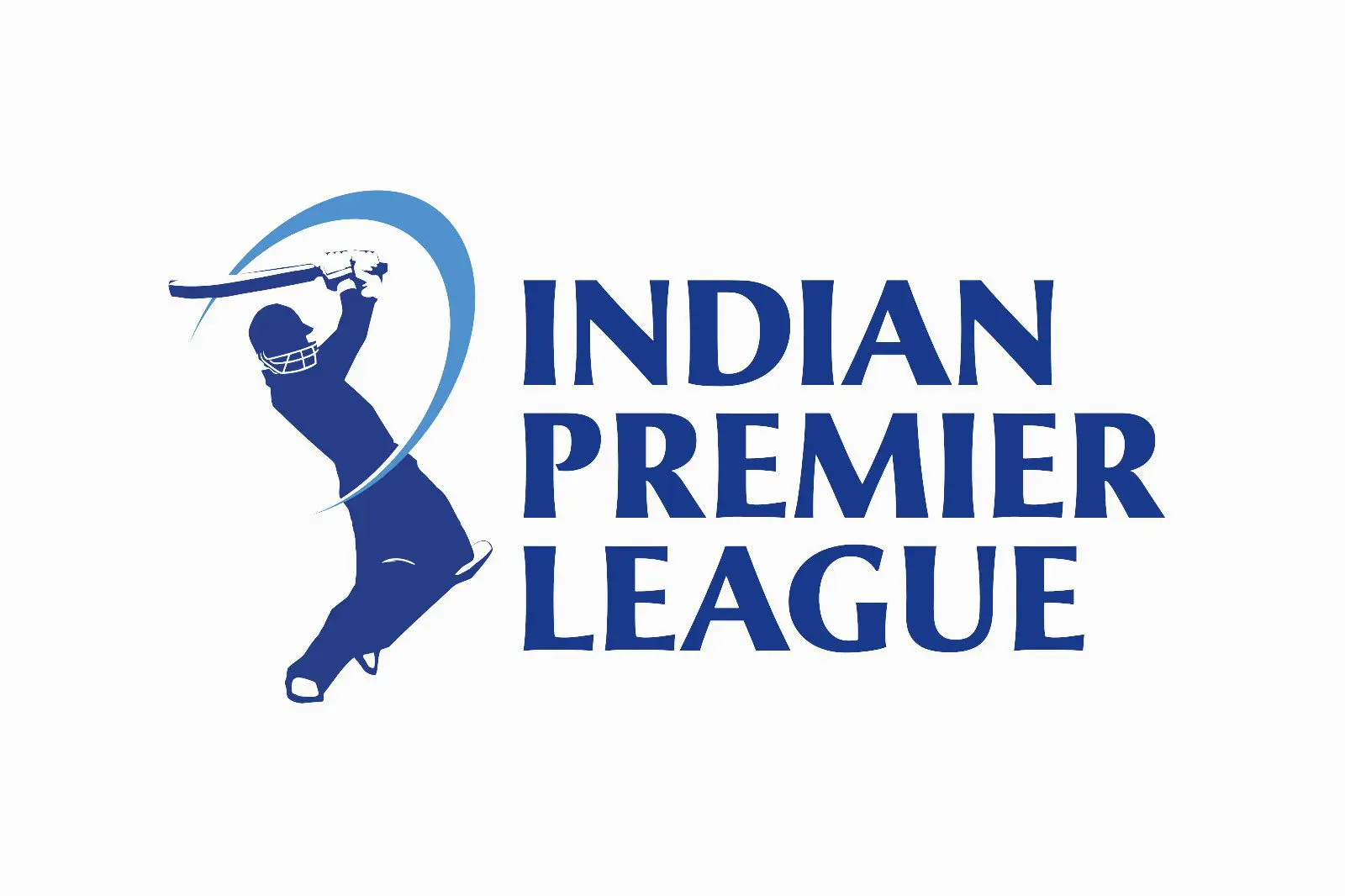





[…] Better still, the 28-year-old has already bested Murray in two finals this year: at the Miami Masters in April and the 2015 Australian Open at the end of January. […]
[…] win, coupled with the fact he’s the best in the business, Djokovic is favoured to win Wimbledon, the Australian Open and French Open with our friends at […]
[…] is next best at $5 and Australian Open champ Stanislas Wawrinka is a $9 chance. They’re the only players given a chance by the punters, with Gasquet next best at […]